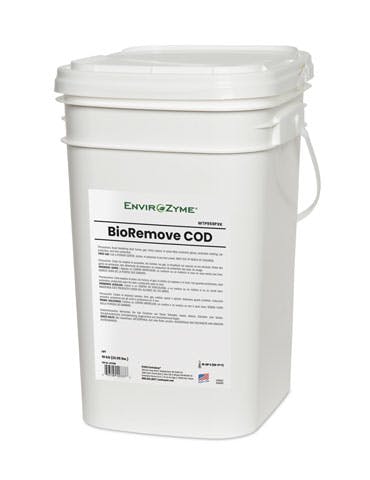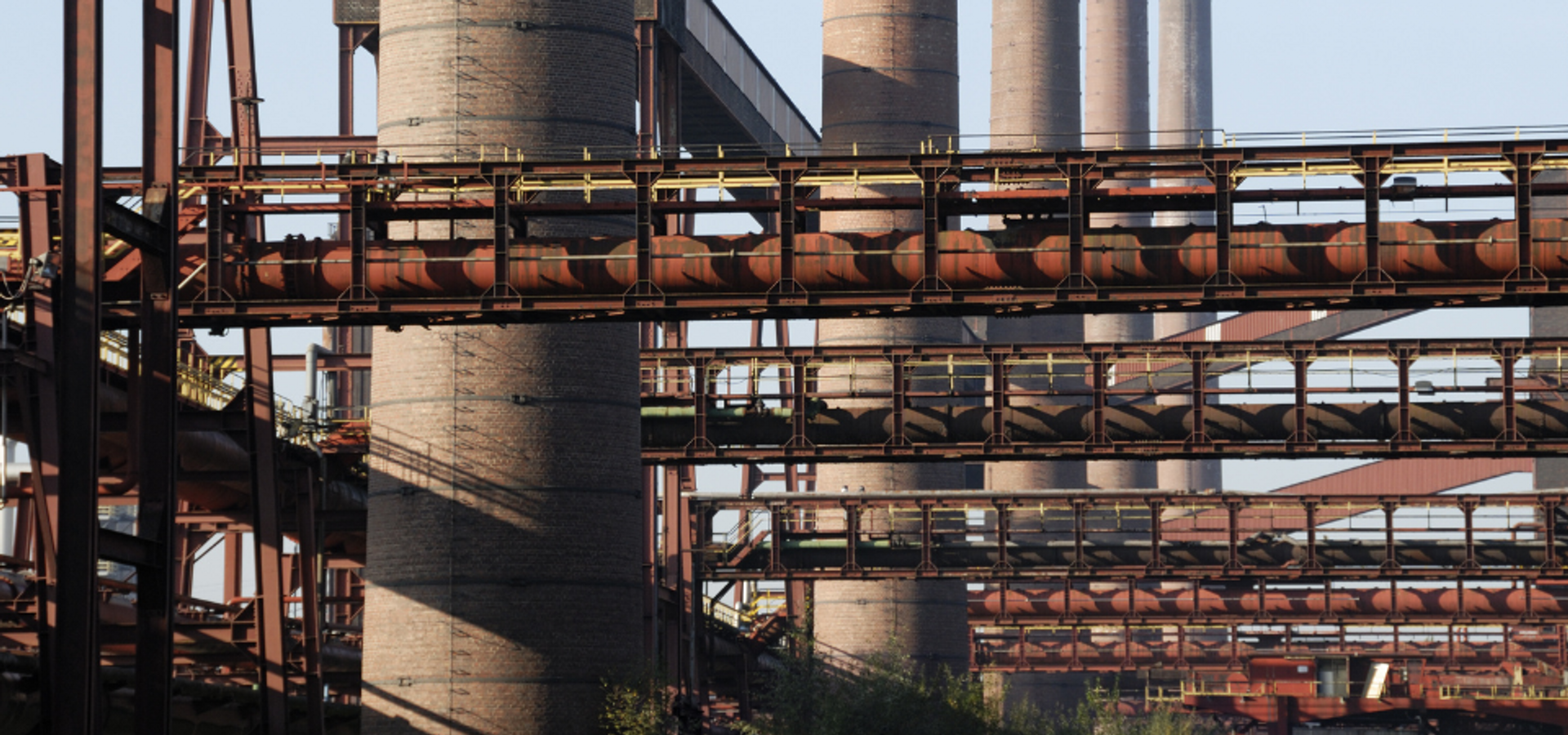
Compliant, Stable Effluent in Coking Plant
The application of BioRemove COD to a coking plant’s wastewater treatment system helped ensure compliance and stable effluent.
Benefits
- Reduced Sludge Volume Index by 40%
- Maintained COD removal efficiency despite 43.2% increase in influent COD
Background
The treatment plant of a particular company’s coking branch operated under strict management and high environmental protection standards. Overall, the operation of the wastewater treatment system at the plant was good; however, the treatment plant hoped to further ensure compliant and stable effluent.
The secondary sedimentation tank effluent COD fluctuated greatly between 145-307 ppm, and large amounts of chemical flocculants had to be added to ensure effluent water quality.
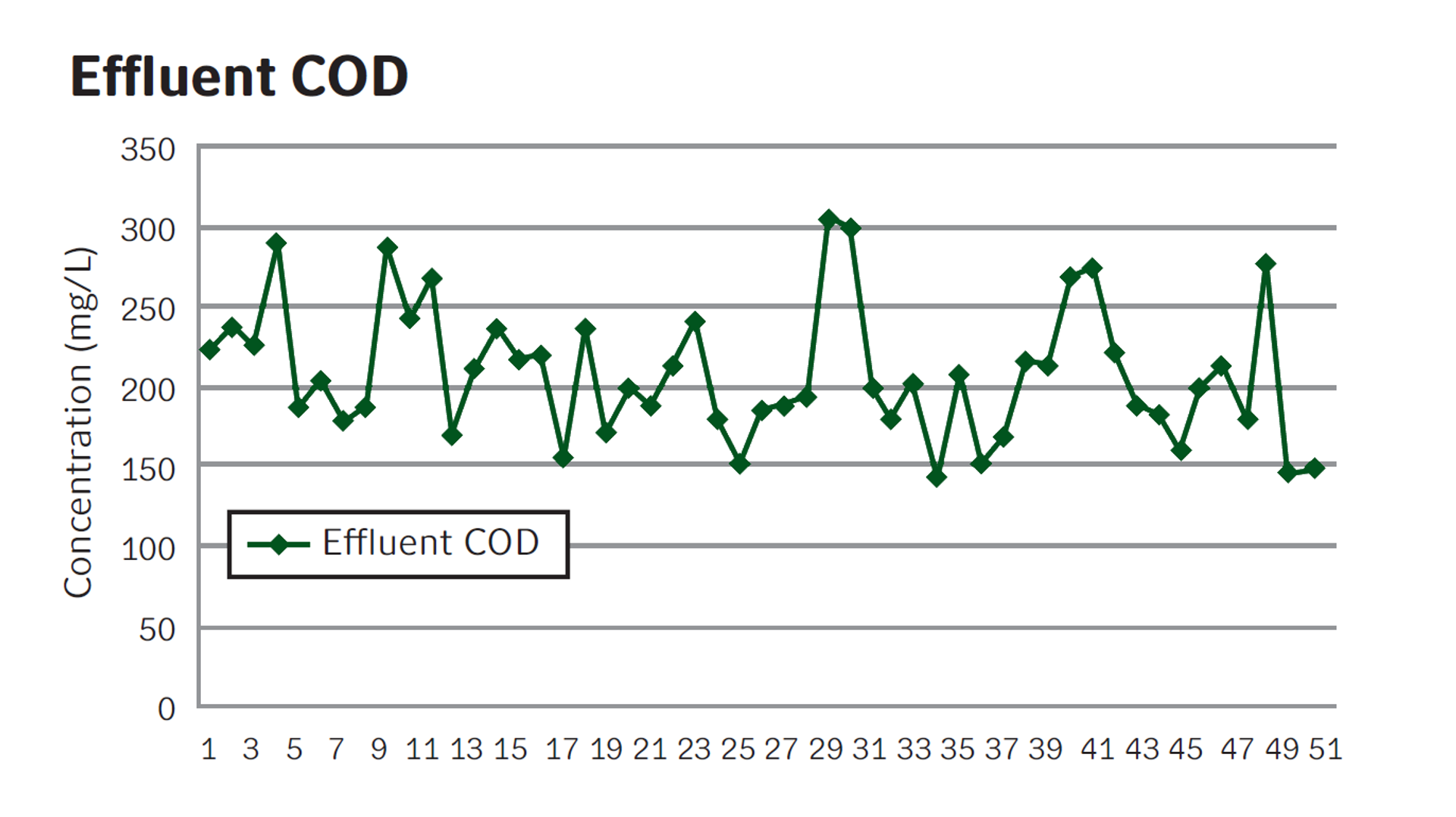
Application
A bioaugmentation program was designed for the plant based on their specific situation, recommending BioRemove COD for a dosing period of 60 days. The goal of the program was to improve the biomass’ COD removal capabilities at higher loading rates, while improving floc structure to improve settling.
Results
System data from May 1 to July 31 was analyzed to determine the effect of the bioaugmentation program on the system in reference to COD changes, sludge concentration changes, dilution water and flocculant reduction.
Over the course of the program, influent COD increased, due to an increase in influent volume after the bioaugmentation program began. The use of BioRemove COD maintained a relatively stable COD effluent under substantial increases in the influent loads.
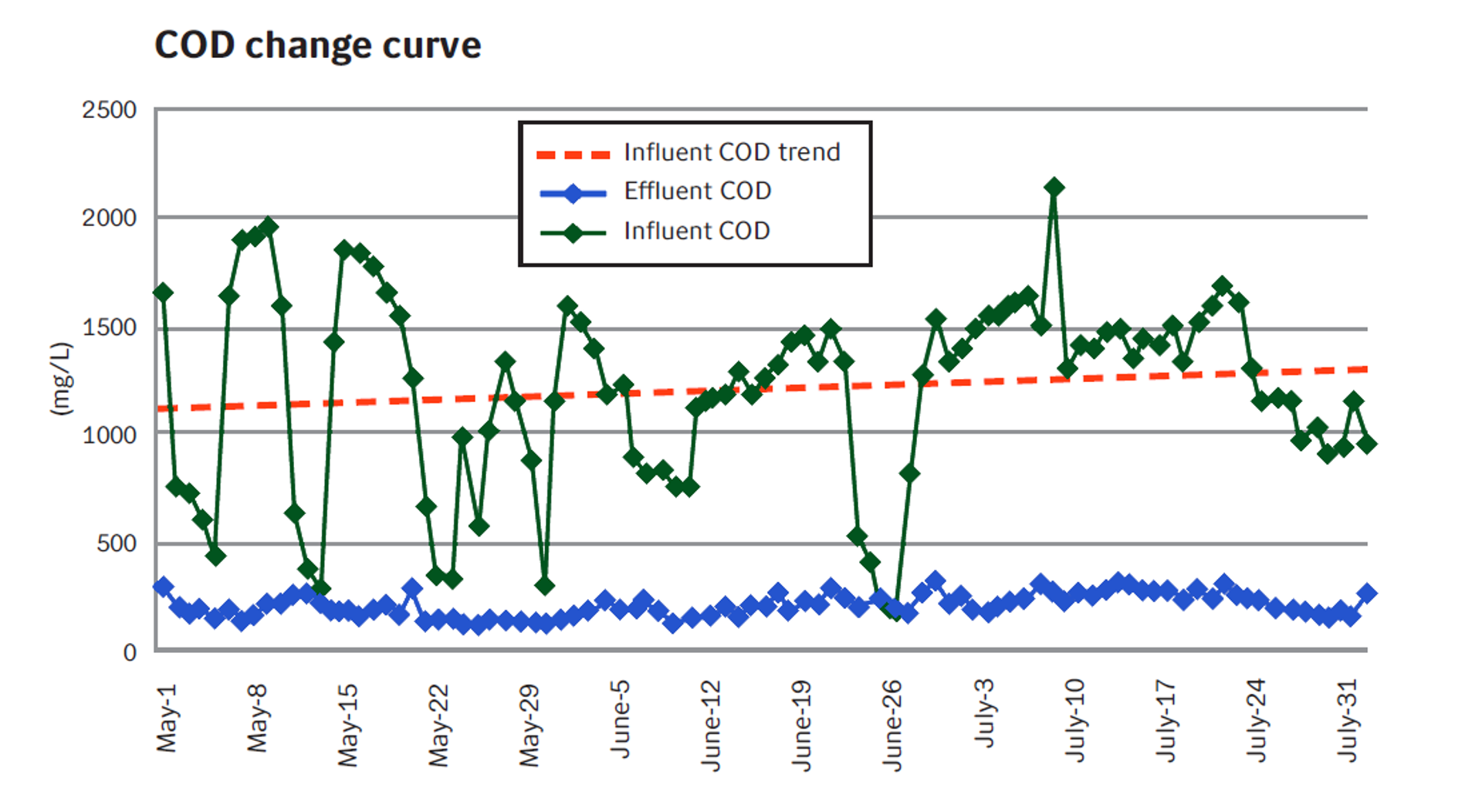
After the bioaugmentation program, the system’s sludge activity improved significantly.
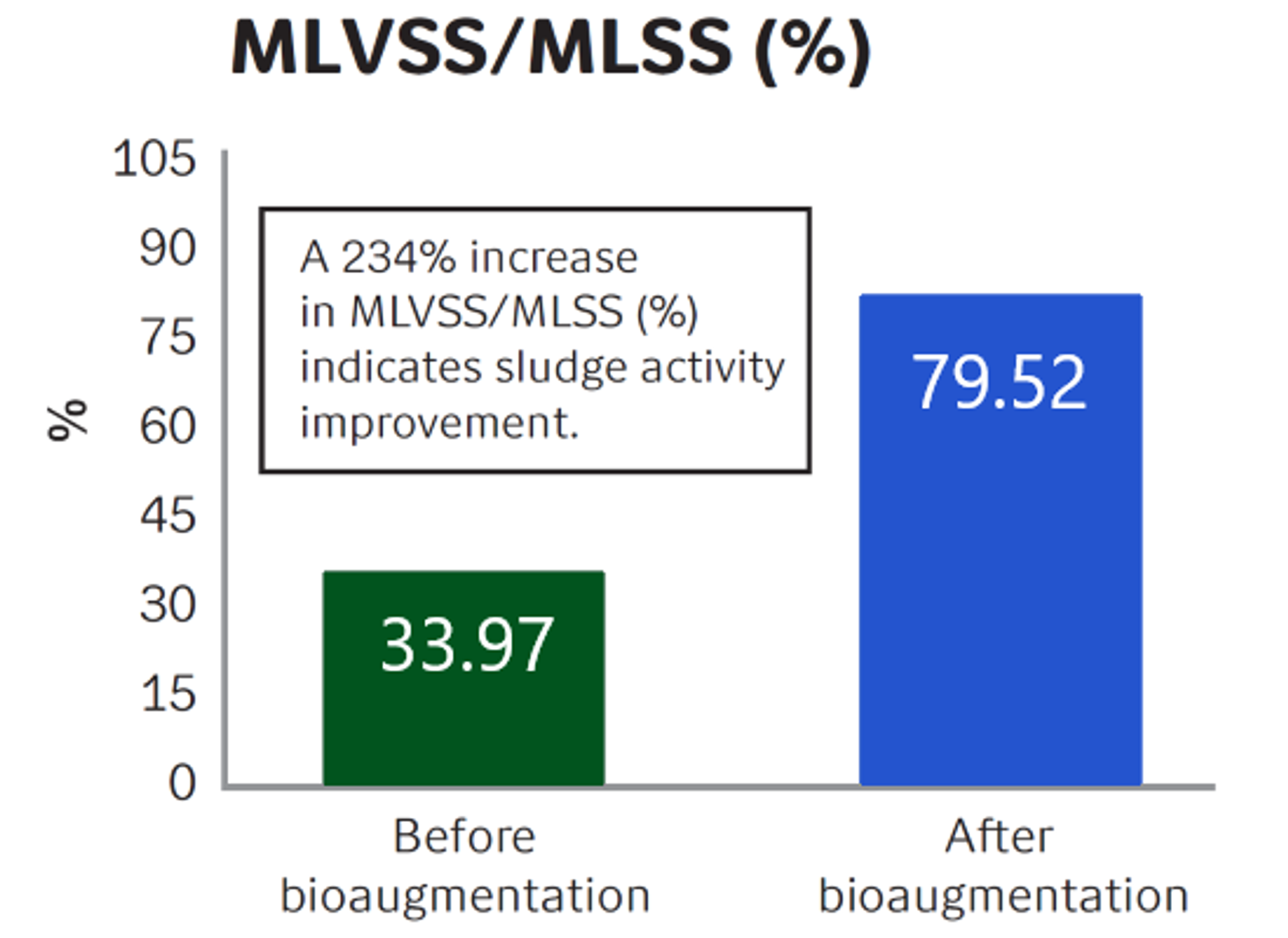
Furthermore, bioaugmentation significantly improved sludge settling.
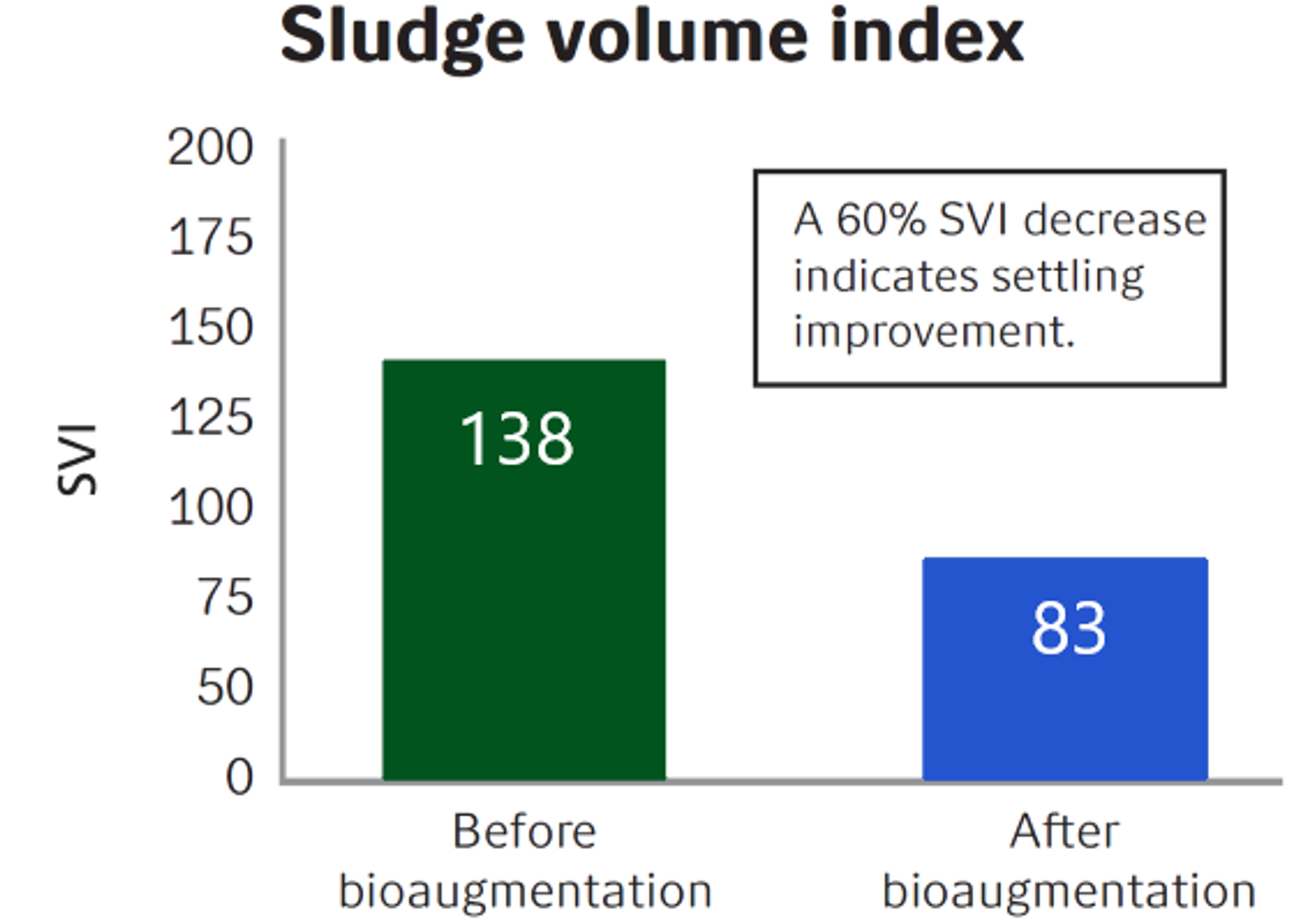
Despite an increase in water flow during the program, the effluent COD remained stable, representing improved COD removal efficiency.
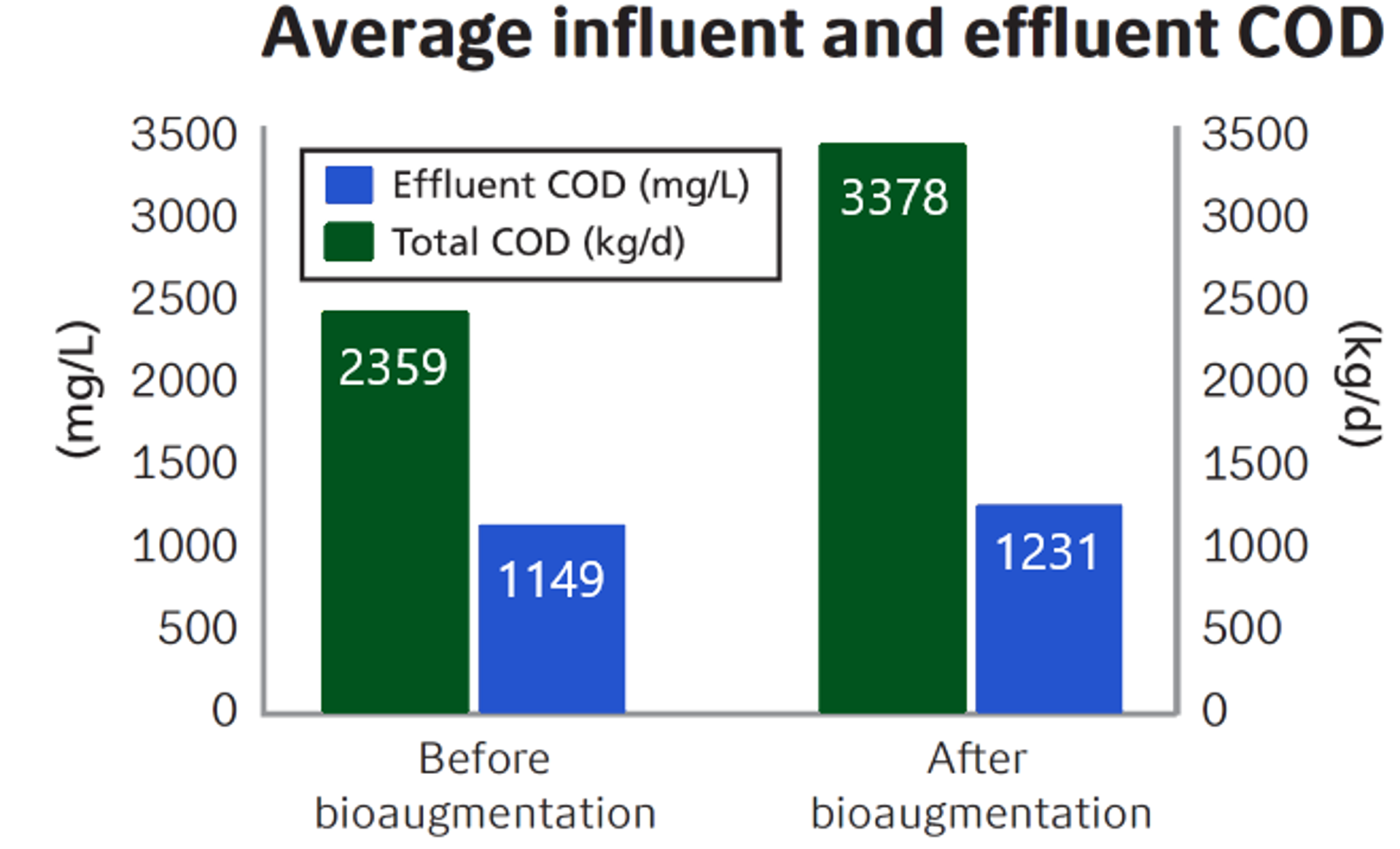
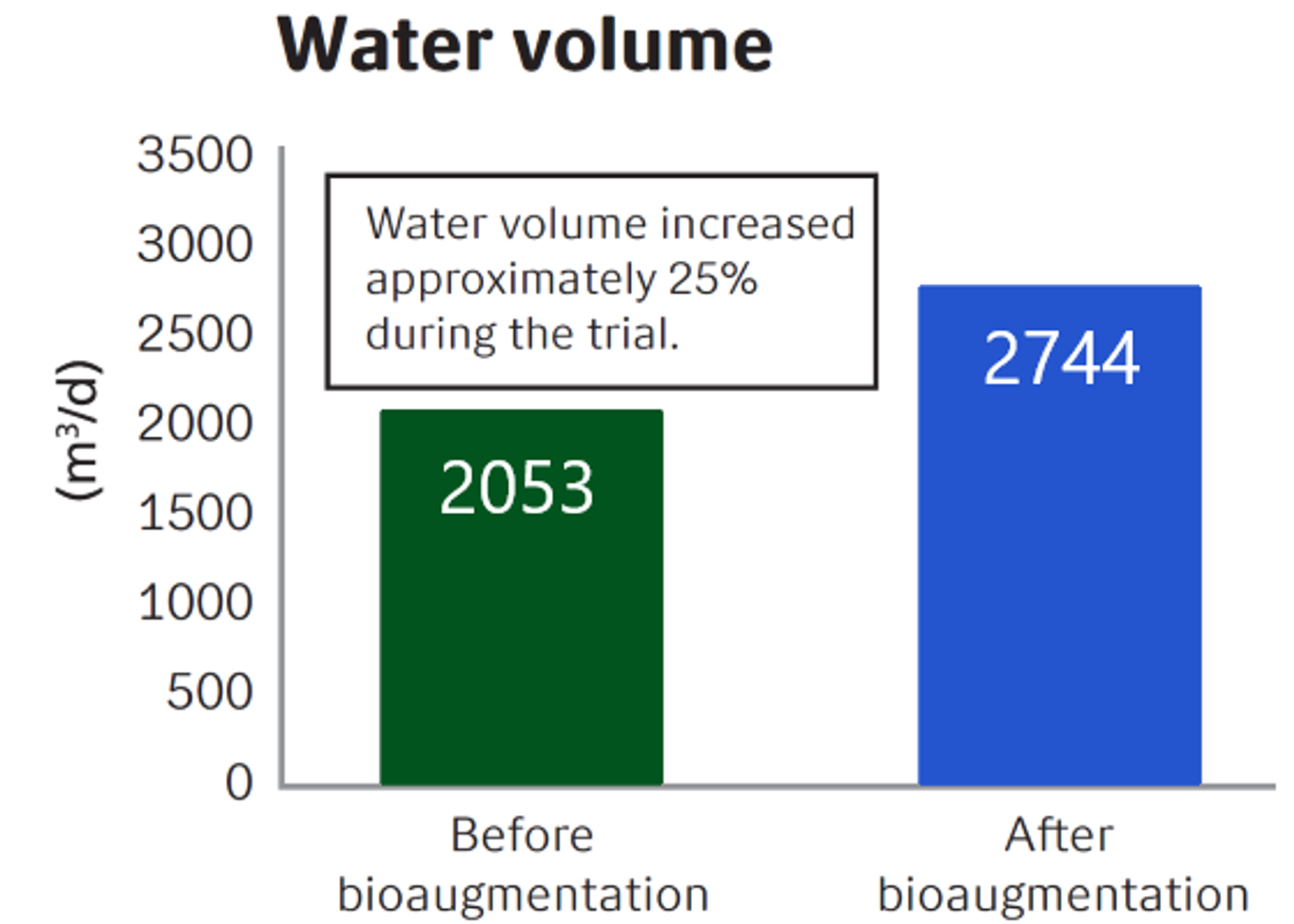
For multiple reasons, (oils, greases, filaments, poor settling, etc.), foam is a common problem for wastewater treatment in coking plants. After adding BioRemove COD, foam was significantly reduced due to improved settlement and overall reduction of oils and greases.
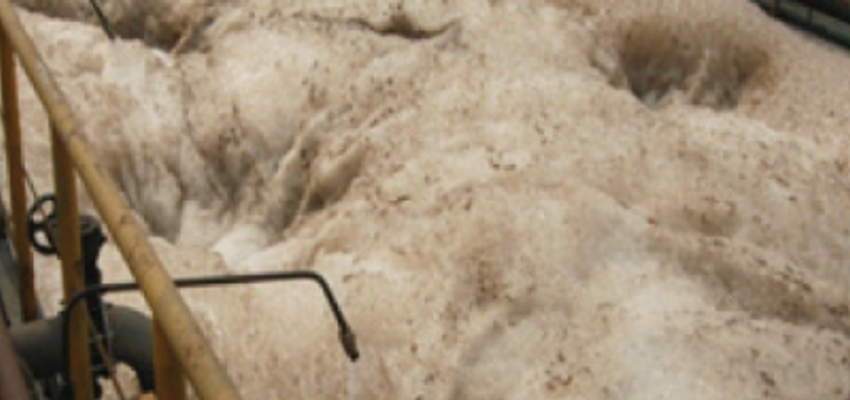
Before Bioaugmentation

After Bioaugmentation
Conclusion
EnviroZyme’s biological program was easy to implement and provided significant benefits over alternatives, increasing COD removal efficiency. The use of BioRemove COD resulted in:
- Improved plant efficiency
- Simplified operations
